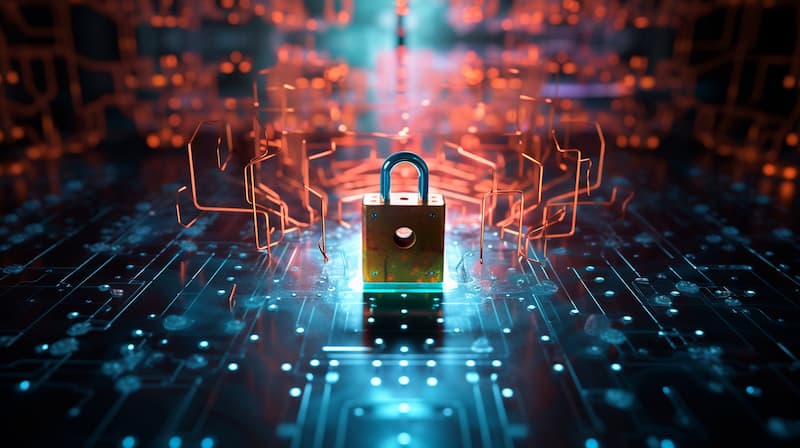Introduction: The Digital Age's Challenge
As we propel further into the digital era, the growing complexities of our cyber reality demand unprecedented security measures. Who are the knights in shining armor expected to champion this cause? According to Morgan Stanley, the answer lies in the sector's titans: Palo Alto Networks, Microsoft, Fortinet, and CrowdStrike. A bold assertion, some may say, but is this investment bank merely swimming with the tide, or are they indeed spotting an upcoming wave?
AI and Cybersecurity: A New Frontier
Where do artificial intelligence (AI) and cybersecurity intersect, and why does it matter? Before we dive into the 'whos,' let's dissect the 'whys.' The International Information System Security Certification Consortium paints a grim picture of an industry grappling with escalating global threats and a jarring labour shortage. Isn't it ironic that we, creators of increasingly sophisticated technology, are falling behind in securing it? How has AI stepped up to the plate in this crisis?
Escalating Global Threats: The Dire Need for AI
The world has seen a frightening surge in ransomware attacks, escalating by over 30% year over year, according to Morgan Stanley. Email phishing campaigns have significantly amplified since the introduction of Chatbot ChatGPT. The image becomes bleaker when we consider that an estimated 3.4 million people shortage looms in the cybersecurity workforce. The question then arises, can AI fill this gap?
The answer is a resounding yes, but with a caveat. With generative AI mutating malware faster than ever, the burden on security organizations escalates, driving them towards automation. But it's not just about keeping pace with threats—it's about leveraging AI to improve productivity.
Efficiency in Automation: Not Just a Buzzword
Generative AI has found application in automating mundane tasks, like data reporting and summarizing alerts. This automation frees up cybersecurity analysts to focus on graver security concerns. But let's not get ahead of ourselves; automation isn't set to replace humans entirely—at least not yet.
The bank predicts a "co-pilot" approach where AI assists rather than overthrows human operators. Despite automation's allure, the risks in cybersecurity dictate a slower transition than in other IT sectors.
Investing in the Titans: The Rise of MSFT, PANW, FTNT, and CRWD
Morgan Stanley's bold claim hinges on four key players expected to seize the AI-driven cybersecurity market: Microsoft, Palo Alto Networks, Fortinet, and CrowdStrike. However, why these four? According to the bank's research, these are the firms with unique datasets spanning multiple threat vectors—essentially, they're in the right place at the right time.
Now, if we were to monetize the potential gains from automating 20-40% of a security analyst’s time, we're looking at global cost savings of over $100 billion. Morgan Stanley expects between 10-50% of this value can be captured by third-party vendors, resulting in a potential total addressable market of $34 billion.
Conclusion: A Future Shaped by AI
Whether we view it as a silver lining or an approaching storm, AI's role in cybersecurity is inevitable. And as we stand at this crossroads, we need to ask ourselves: Is automation the key to navigating the choppy waters of global cybersecurity threats? Will companies like Microsoft, Palo Alto Networks, Fortinet, and CrowdStrike lead the charge, or will new players enter the field?
Regardless, one thing is clear: the union of AI and cybersecurity isn't a distant reality—it's a $30 billion opportunity knocking at our doors.






